Home>diy>Building & Construction>How Fast Can You Go In A Construction Zone
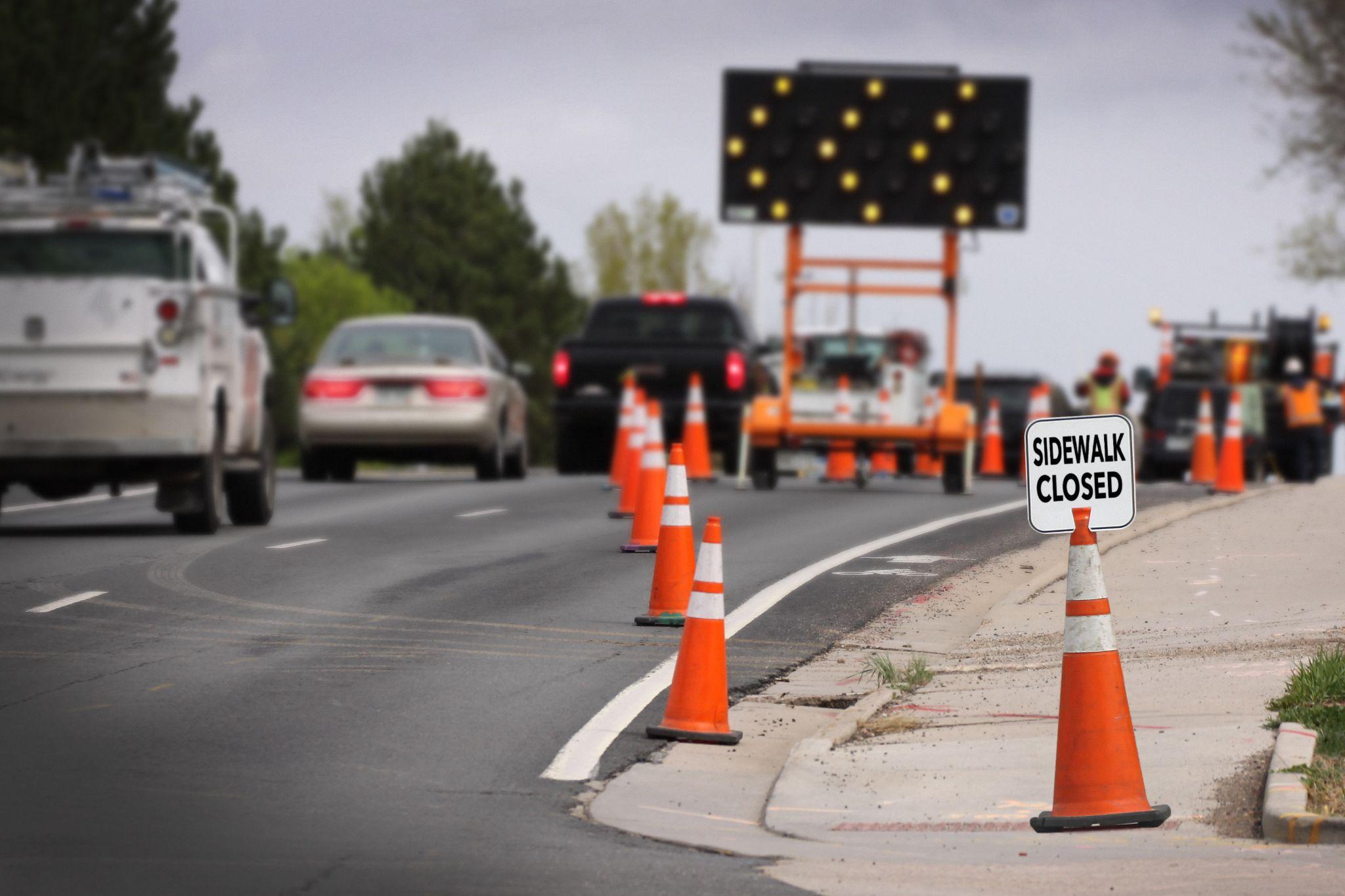

Building & Construction
How Fast Can You Go In A Construction Zone
Modified: December 12, 2023
Discover the speed limits and safety measures for driving through a building construction zone. Learn how to navigate construction areas responsibly and legally.
(Many of the links in this article redirect to a specific reviewed product. Your purchase of these products through affiliate links helps to generate commission for Storables.com, at no extra cost. Learn more)
**
Introduction
**
As you approach a construction zone, you may notice a reduced speed limit sign, and it's crucial to adhere to this regulation for the safety of both road workers and fellow drivers. In this article, we will delve into the significance of construction zone speed limits, the factors influencing speed in these areas, the repercussions of disregarding speed restrictions, and valuable tips for safely navigating construction zones. By understanding these aspects, you can contribute to a safer and more efficient road environment for everyone involved. Let's begin by exploring the rationale behind construction zone speed limits and their impact on road safety.
Key Takeaways:
- Reduced speed limits in construction zones are crucial for safety. They give drivers time to react to changes, protect workers, and maintain a smooth traffic flow.
- Factors like narrow lanes, workers, and heavy machinery influence speed in construction zones. Adhering to speed limits and staying attentive is essential for a safe passage.
Read more: How Fast Do You Go In A Construction Zone
Understanding Construction Zone Speed Limits
Construction zone speed limits are established to mitigate the risks associated with roadwork and ensure the safety of workers and motorists. These reduced speed restrictions are not arbitrary; rather, they are carefully determined based on various factors such as the type of construction, the layout of the work zone, and the presence of workers and heavy machinery.
One of the primary objectives of implementing reduced speed limits in construction zones is to provide drivers with ample time to react to unexpected changes in the road conditions. By driving at a slower pace, motorists can better navigate through narrow lanes, uneven surfaces, and temporary traffic patterns commonly found in construction areas. Additionally, reduced speed limits help minimize the impact of potential collisions, thereby safeguarding the well-being of road workers and preventing damage to infrastructure.
Moreover, construction zone speed limits serve to maintain a controlled and organized flow of traffic. As drivers adhere to the specified speed restrictions, congestion and abrupt stops can be mitigated, promoting a smoother and more predictable traffic movement within the work zone. This, in turn, fosters a safer environment for workers to carry out their tasks without the added stress of erratic vehicle speeds.
Understanding the rationale behind construction zone speed limits is essential for fostering a culture of compliance and accountability among drivers. By recognizing the purpose of these reduced speed regulations, motorists can appreciate the critical role they play in preserving the safety and efficiency of construction zones.
Factors Affecting Speed in Construction Zones
Several factors influence the speed at which vehicles can safely navigate through construction zones. Understanding these variables is crucial for drivers to adapt their approach and adhere to the designated speed limits effectively.
- Worksite Layout: The layout of the construction site significantly impacts the permissible speed within the zone. Narrowed lanes, temporary barriers, and altered traffic patterns necessitate reduced speeds to accommodate these changes and minimize the risk of collisions.
- Presence of Workers: The presence of road workers within the construction zone mandates cautious driving at reduced speeds. Workers may be operating heavy machinery, carrying out manual labor, or conducting tasks near the roadway, requiring drivers to maintain a vigilant and controlled pace to ensure their safety.
- Heavy Machinery and Equipment: Construction zones often feature the presence of large machinery and equipment, such as cranes, excavators, and dump trucks. These elements introduce additional hazards and demand slower speeds to facilitate safe maneuvering around these vehicles and mitigate the potential for accidents.
- Uneven Surfaces and Road Conditions: Construction activities frequently result in uneven road surfaces, loose gravel, or unfinished pavement, which can compromise vehicle stability and handling. Reduced speeds are essential to navigate these altered road conditions safely.
- Temporary Traffic Patterns: Temporary traffic signals, detours, and lane shifts are common in construction zones. Adapting to these altered traffic patterns necessitates reduced speeds to accommodate the changes and maintain a smooth traffic flow.
By acknowledging these factors, drivers can appreciate the necessity of reduced speeds in construction zones and adjust their driving behavior accordingly. Adhering to the designated speed limits in these dynamic environments is pivotal for ensuring the safety of all individuals within the construction zone and promoting a seamless flow of traffic.
Always obey the posted speed limit in a construction zone. Speeding can be dangerous for both workers and other drivers. Slow down and stay alert for any changes in the road.
Consequences of Speeding in Construction Zones
Exceeding the designated speed limits in construction zones can have severe repercussions, posing risks to both the individuals within the work area and the errant drivers themselves. Understanding the potential consequences of speeding in construction zones is essential for fostering compliance and promoting responsible driving behavior.
- Endangering Road Workers: Speeding in construction zones significantly heightens the risk of accidents involving road workers. The increased velocity of vehicles reduces the time available for drivers to react to unexpected changes in the work zone, jeopardizing the safety of workers who are often in close proximity to moving traffic.
- Elevated Collision Risks: Higher speeds amplify the likelihood and severity of collisions within construction zones. The reduced margins for error at elevated speeds can lead to rear-end collisions, side-swiping incidents, or loss of vehicle control, posing a threat to both road workers and other motorists.
- Infrastructure Damage: Excessive speeds in construction zones can result in damage to the infrastructure, including barriers, signage, and freshly laid road surfaces. This not only compromises the integrity of the construction site but also necessitates additional resources and time for repairs, prolonging the duration of the construction project.
- Legal Ramifications: Speeding infractions in construction zones often incur heightened penalties and fines due to the increased risks and potential harm associated with reckless driving in these sensitive areas. Additionally, such violations may lead to points on the driver’s license, increased insurance premiums, and legal consequences.
- Impact on Traffic Flow: Speeding vehicles disrupt the orderly flow of traffic within construction zones, leading to congestion, abrupt stops, and heightened stress for both drivers and road workers. This can impede the efficiency of construction activities and exacerbate safety concerns.
By recognizing the far-reaching implications of speeding in construction zones, drivers can appreciate the imperative of adhering to the specified speed limits. Prioritizing safety and exercising caution within these dynamic environments is paramount for preventing accidents, preserving infrastructure, and fostering a secure work zone for all individuals involved.
Tips for Driving Safely in Construction Zones
Navigating construction zones demands heightened vigilance and adherence to specific driving practices to ensure the safety of all individuals present. By incorporating the following tips into your approach, you can contribute to a secure and efficient passage through construction areas:
- Adhere to Posted Speed Limits: Respect the reduced speed limits indicated within construction zones, allowing for ample reaction time and promoting a safer environment for workers and fellow motorists.
- Remain Attentive: Stay focused on the road ahead and remain vigilant for changes in traffic patterns, signage, and the presence of workers or heavy machinery.
- Maintain a Safe Following Distance: Increase your following distance to account for sudden stops and maneuvering space, reducing the risk of rear-end collisions and providing a buffer for unexpected road conditions.
- Merge Early and Smoothly: Anticipate lane closures and merge points, allowing ample time for safe and seamless lane changes to accommodate construction-related obstructions.
- Minimize Distractions: Refrain from using mobile devices, adjusting vehicle settings, or engaging in other distractions that could compromise your focus and reaction time.
- Comply with Traffic Control Devices: Respect temporary traffic signals, signage, and flagger instructions, ensuring a harmonious flow of traffic within the construction zone.
- Exercise Patience: Construction zones may introduce delays and altered traffic patterns. Exercise patience and remain calm to mitigate stress and promote a cooperative driving environment.
- Be Mindful of Workers: Acknowledge the presence of road workers and provide them with the necessary space and consideration to carry out their tasks safely.
- Plan Your Route: Stay informed about ongoing construction projects and plan your route accordingly to minimize potential disruptions and ensure a smoother driving experience.
- Stay Informed: Keep abreast of construction zone updates and road conditions through local traffic reports and navigation apps, allowing you to adapt your driving approach proactively.
By integrating these best practices into your driving habits, you can play a pivotal role in fostering a secure and efficient environment within construction zones. Prioritizing safety, awareness, and cooperation is essential for promoting a harmonious coexistence between motorists and construction activities.
Conclusion
Construction zones present dynamic and challenging environments that necessitate a conscientious and considerate approach from drivers. By comprehending the rationale behind construction zone speed limits, acknowledging the factors influencing speed within these areas, and recognizing the consequences of disregarding speed restrictions, motorists can cultivate a heightened awareness of the importance of safe and responsible driving practices in construction zones.
Adhering to reduced speed limits, maintaining attentiveness, and exercising patience are pivotal in mitigating risks, preserving infrastructure, and safeguarding the well-being of road workers and fellow motorists. By embracing these principles and integrating safety-focused driving behaviors, drivers can contribute to a secure and efficient passage through construction zones, ultimately fostering a safer road environment for all individuals involved.
It is imperative for drivers to internalize the significance of compliance with construction zone speed limits and the adoption of safe driving practices within these dynamic environments. By doing so, we collectively contribute to the preservation of infrastructure, the protection of road workers, and the promotion of a harmonious coexistence between construction activities and vehicular traffic.
Through a shared commitment to safety and responsible driving, we can navigate construction zones with heightened awareness and consideration, fostering a culture of cooperation and vigilance that enhances the well-being of all individuals on the road.
Frequently Asked Questions about How Fast Can You Go In A Construction Zone
Was this page helpful?
At Storables.com, we guarantee accurate and reliable information. Our content, validated by Expert Board Contributors, is crafted following stringent Editorial Policies. We're committed to providing you with well-researched, expert-backed insights for all your informational needs.


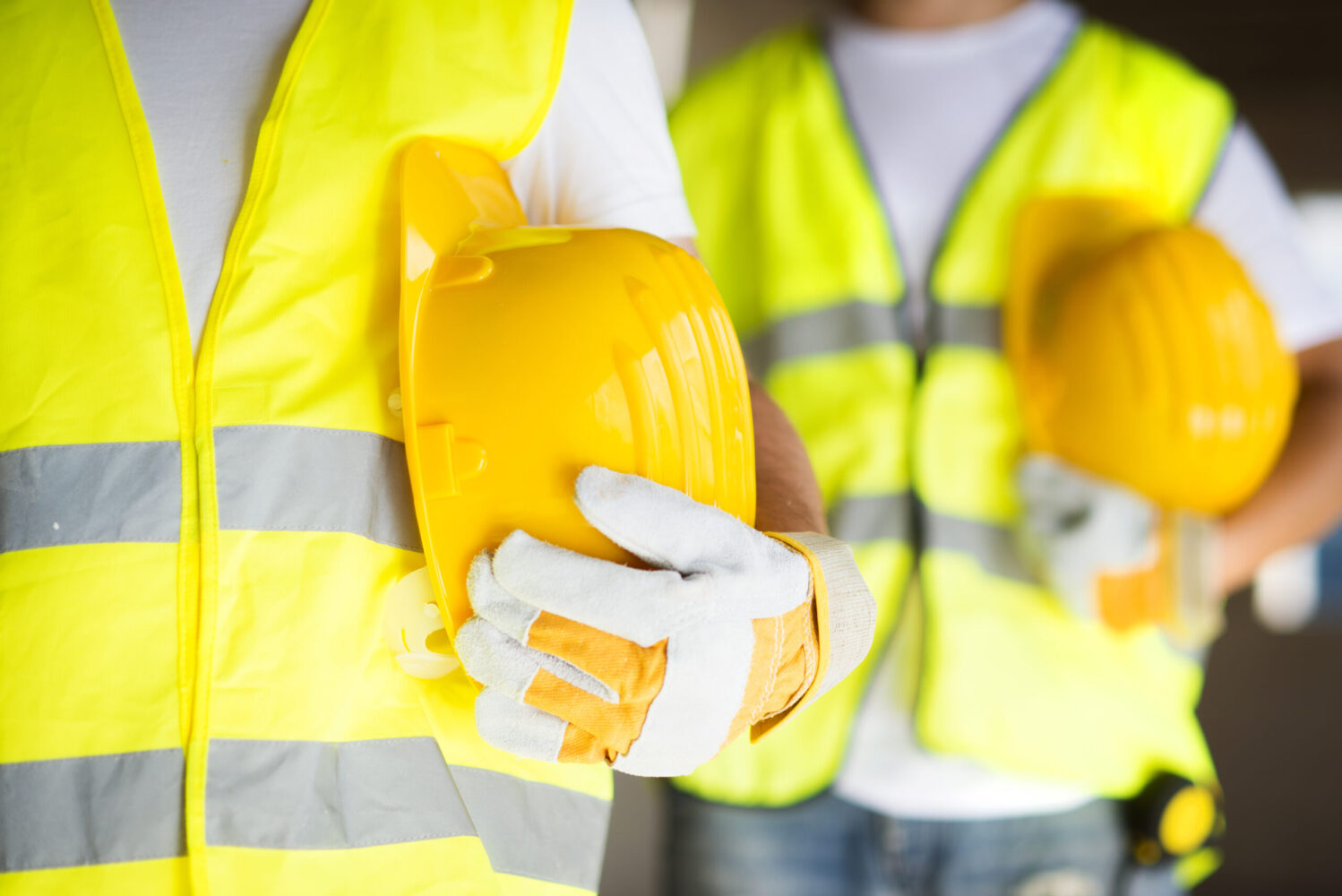


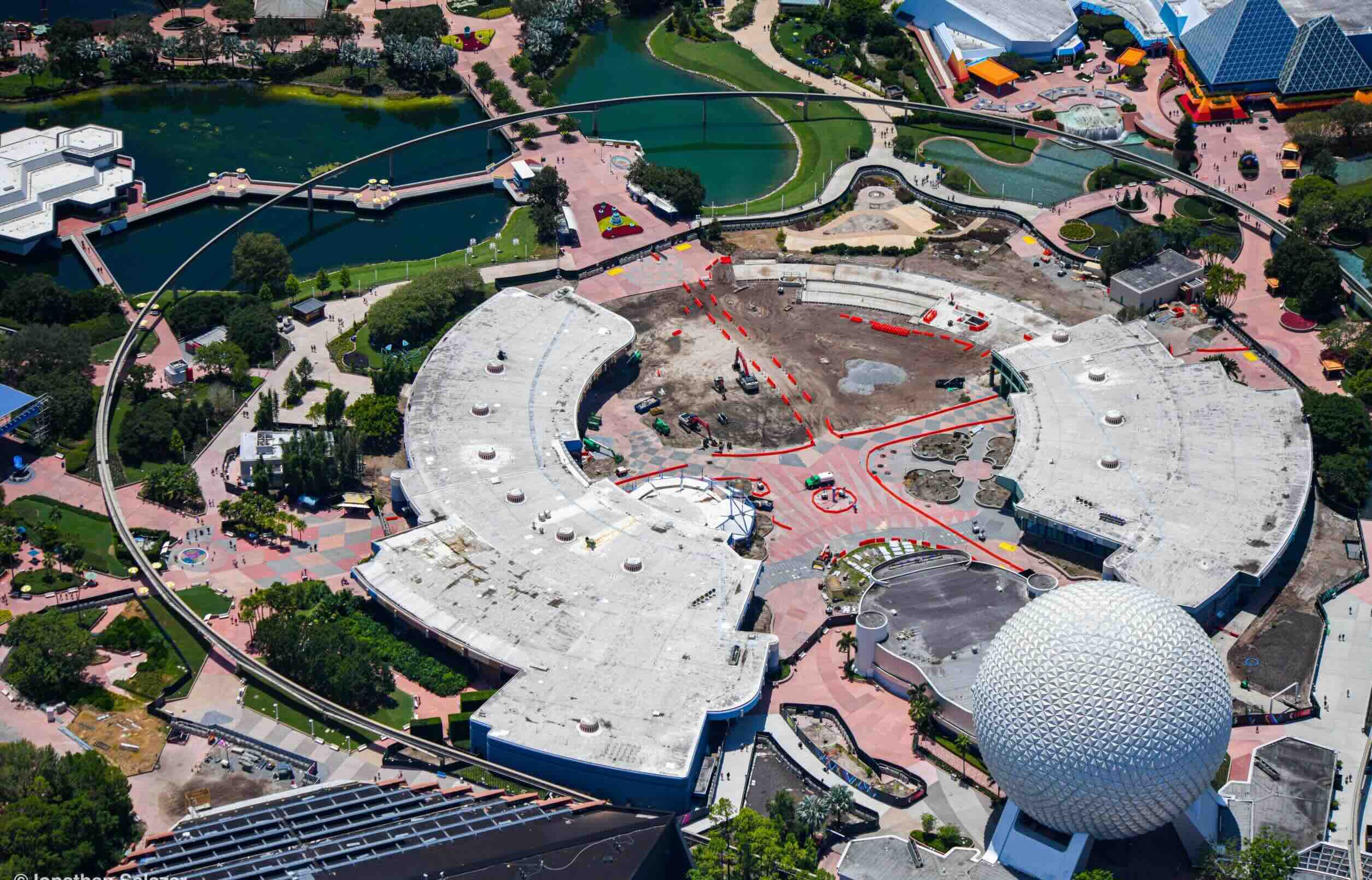


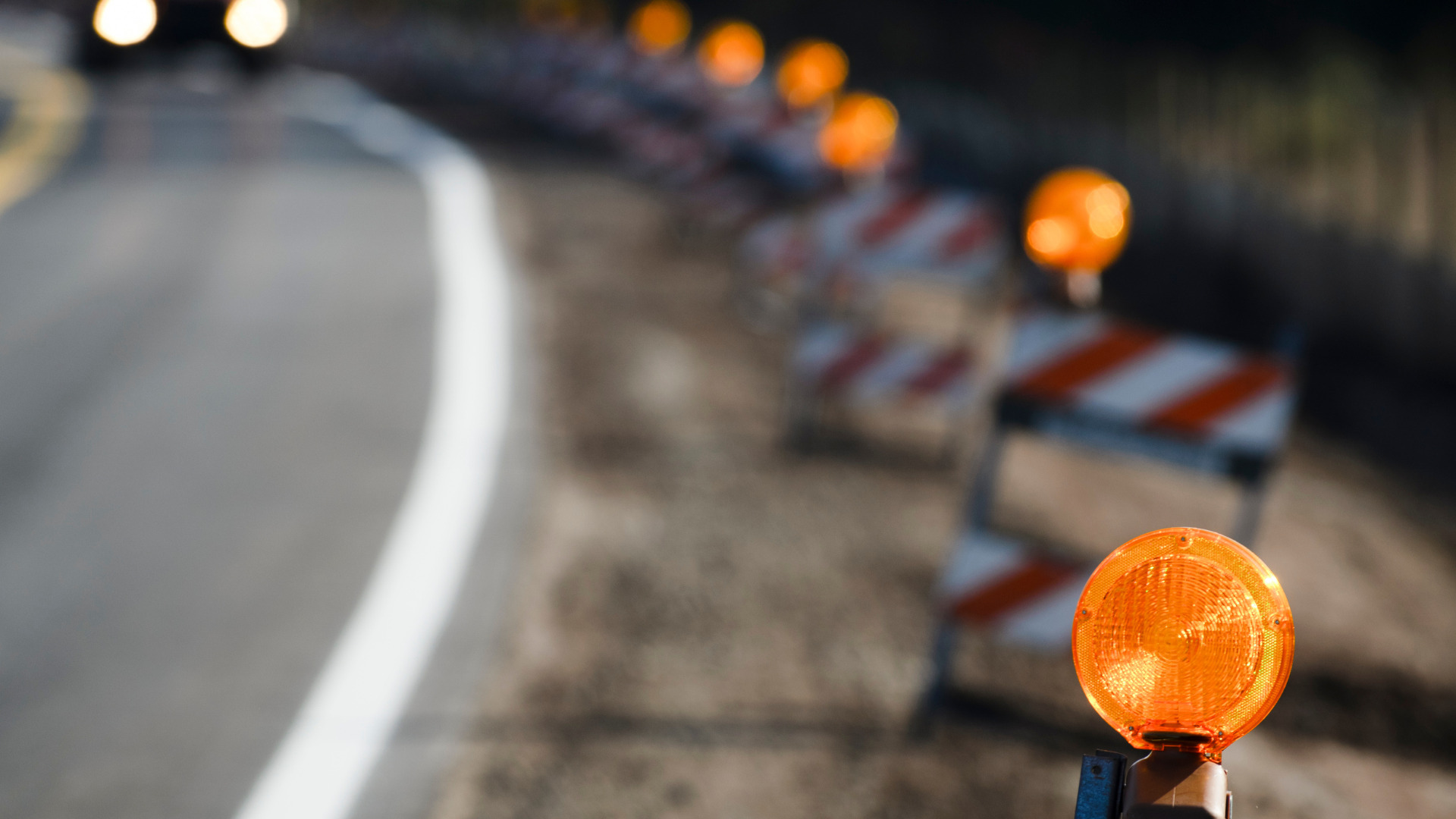
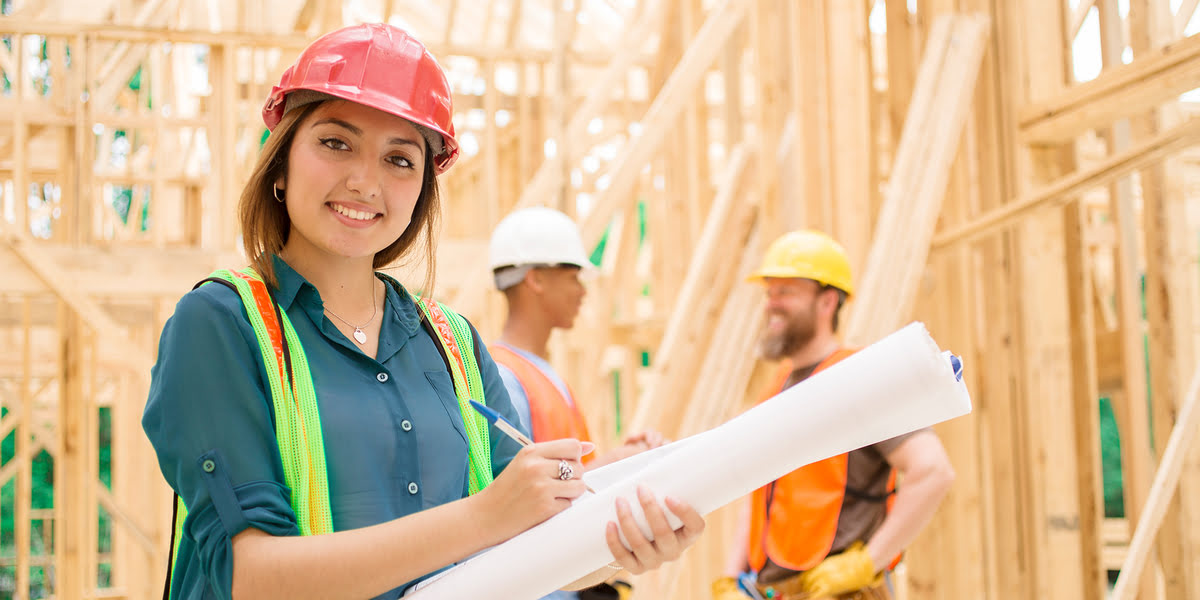


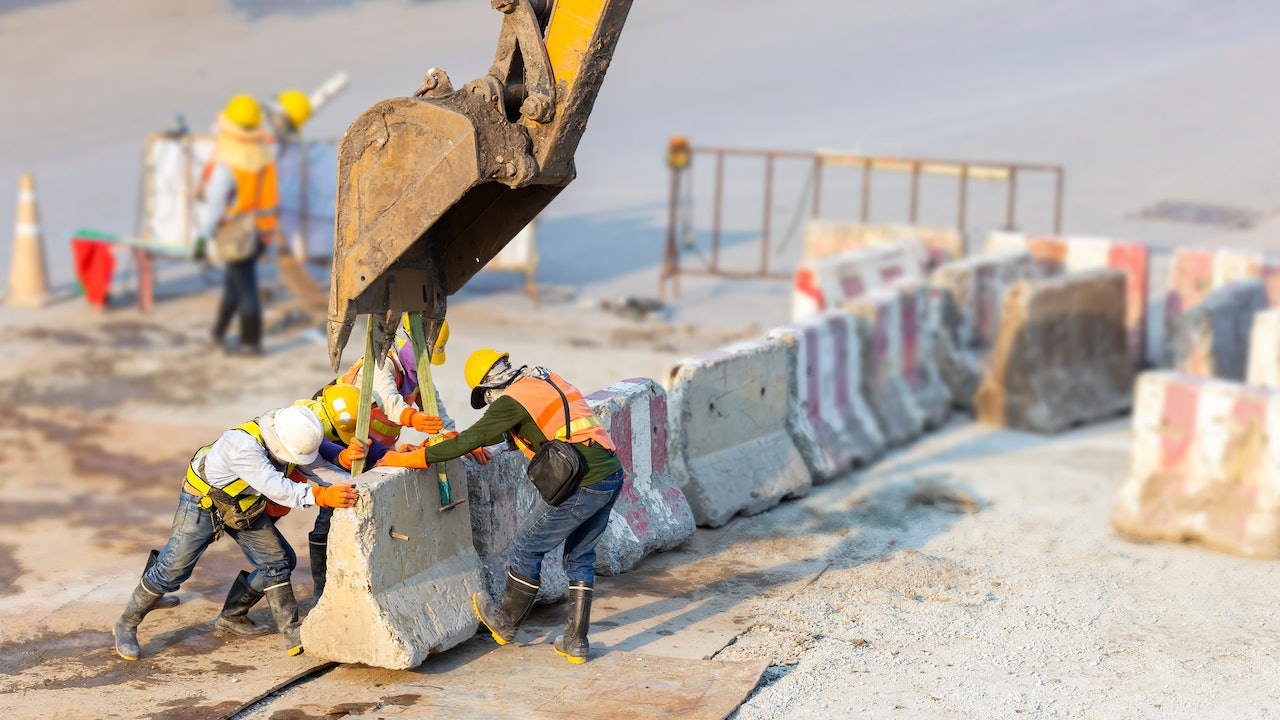


0 thoughts on “How Fast Can You Go In A Construction Zone”